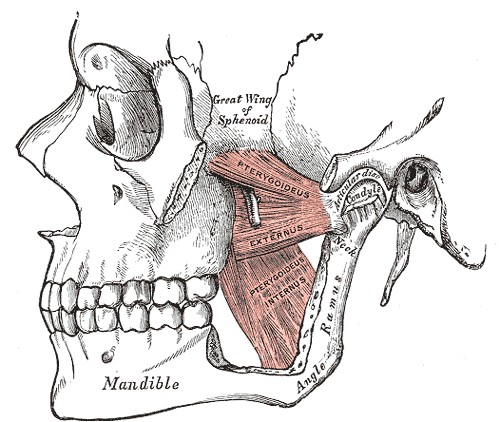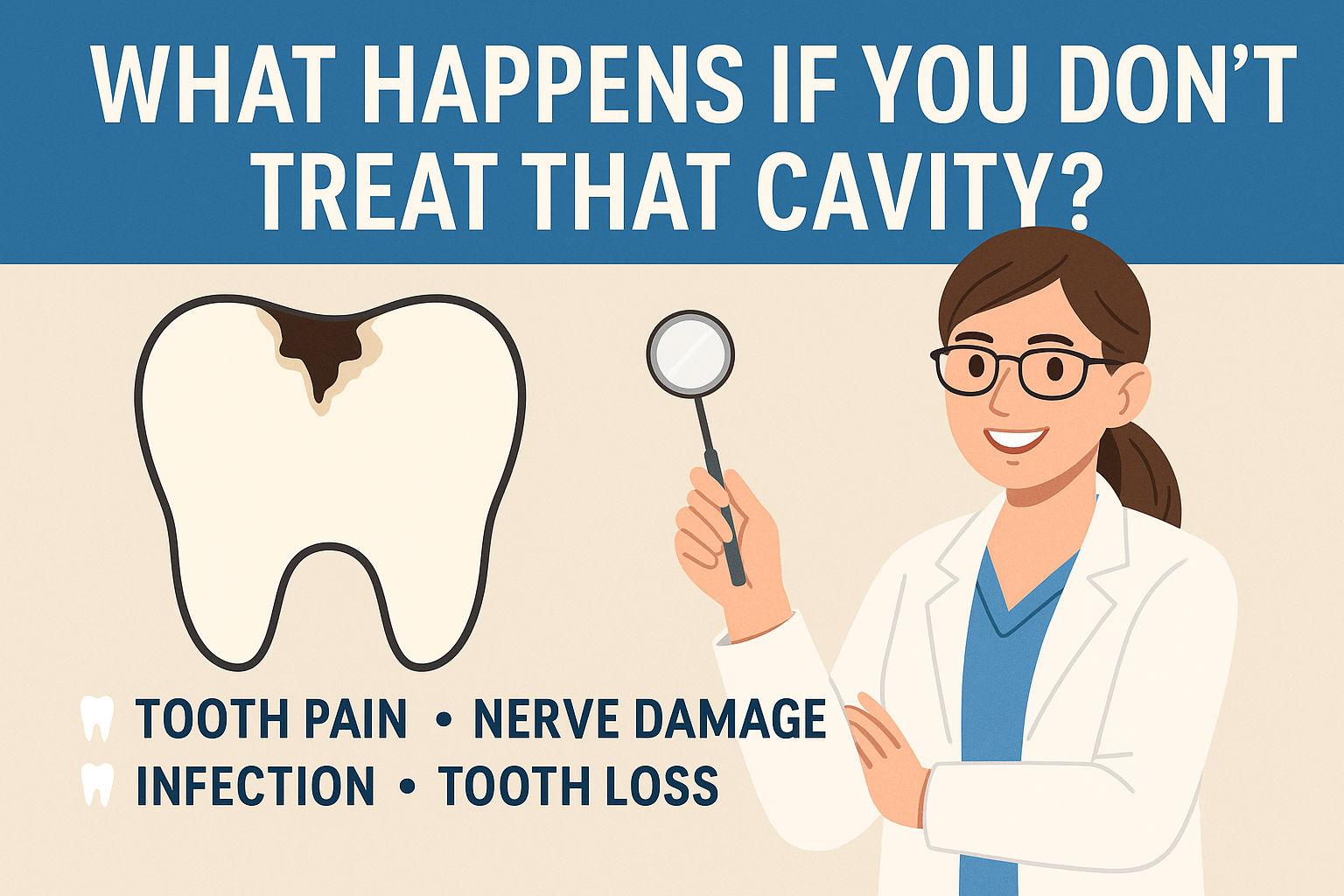Blog Highlights:
- The temporomandibular joints works with muscles and ligaments so you can chew, swallow, and speak
- Any problems that will prevent this complex system to work properly is known as a TMJ disorder
- TMJ disorders can be caused by arthritis, injuries, and bruxism
- The NIDCR wants patients who have TMJ disorders to aim for the simplest treatments possible
Temporomandibular joints or TMJ allow us to open and close our mouth. Made up of important joints that are connected to the jaw muscles, they are located on each side of the head. Your TMJ works overtime whenever you chew, swallow, and speak. They work together and include ligaments, muscles, as well as the jaw bone. The TMJ also controls the lower jaw, allowing it to move from side to side, forward, or backward.
Your TMJ has a disc in between the ball and socket. This disc is what cushions the load that will allow you to move the jaw, it will help you open it widely, glide it, or rotate it. This complex system of ligaments, muscles, discs and bones need to work properly. Any problem that stops it from functioning smoothly can be considered a TMJ disorder.
Some of the causes of this painful disorder include the following:
- Bruxism or teeth grinding caused by stress
- Problems in the tooth and jaw alignment
- Injuries caused by accidents and trauma
- Jaw dislocation
- Arthritis
Before you can avail of any treatments for TMJ disorders, you need to get an accurate diagnosis. A dental examination needs to be conducted; this includes checking for any movement difficulties, and checking the muscles and joints for the presence of tenderness, or for any popping or clicking sounds. After the examination, the dentist may refer you to another dentist for confirmation or to a physician.
TMJ disorders can be treated. The National Institute of Dental and Craniofacial Research have devised a step-by-step plan that allows you to start from the simplest treatments before moving on to more complex ones. The institute wants people who have TMJ disorders to aim for the simplest possible options when it comes to its treatment. This includes:
- Practicing relaxation techniques such as biofeedback as well as meditation to help ease the tension within your jaw area
- Trying to alleviate the pain through heat packs
- Avoiding chewing gum and putting a stop to nail biting
- Opting for softer foods
If the symptoms related to TMJ disorders are still present, the next set of treatments would include:
- Jaw exercises to help strengthen the jaw muscles
- Medications such as muscle relaxants, analgesics, anti-anxiety drugs, as well as drugs that will help relieve inflammation
- The use if a night guard or bite plate to decrease bruxism or clenching
Your dentist might even suggest teeth reshaping or adjusting your teeth in order to fix an uneven bite. He or she may also recommend that you go through orthodontic treatments. Depending on the symptoms and the results of the dental examination, your dentist will recommend that you get the most appropriate therapy.









